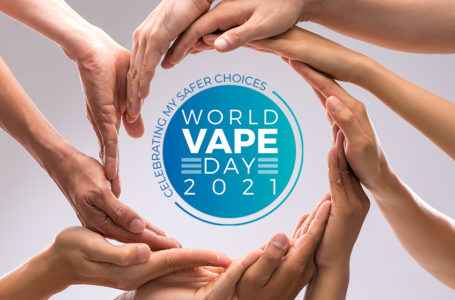The Institute for Tobacco Studies (ITS) in Täby, Sweden has released a topical paper urging the World Health Organization (WHO) to look at the successful Swedish experiences of large-scale transition from cigarettes to smokeless alternatives to reduce smoking-related deaths globally.
The paper was published on Qeios—a platform where it can be downloaded.
Dr. Lars M. Ramström, the principal investigator of ITS, is a reputed researcher in tobacco control issues with numerous international engagements. He has, for example, served as a WHO expert and as secretary general of the 4th World Conference on Smoking and Health.
“The best example of how products that don’t burn tobacco can benefit public health comes from Sweden, which has the lowest smoking prevalence among men in the European Union and consequently the lowest tobacco-related mortality,” the ITS topical paper says.
In the paper, it is pointed out that “WHO needs to apply all science-based strategies to reduce tobacco-related deaths”.

While the measures for demand and supply reduction recommended by the WHO are important tools, the strategy as a whole is ineffective without harm reduction—the third pillar of tobacco control stated in Article 1 (d) of the WHO’s Framework Convention on Tobacco Control (FCTC).
“The meeting of the world’s health leaders in Panama in November, the COP10, represents a unique opportunity to take a fresh look at the most recent evidence with an open mind. After all, if Sweden had followed WHO’s advice from twenty years ago and banned snus, tobacco-related deaths in Sweden would have been much higher and the only unintended beneficiary profiting from such advice would be the cigarette industry,” according to the paper.
At the heart of the debate in Panama is the question of how the governments should deal with “novel and emerging tobacco and nicotine products”. The WHO’s view, largely reflected in FCTC COP10 reports and decisions, is that these products are a new danger to public health, threatening to undo decades of progress in fighting smoking.
“However, increasing number of scientists and national governments believe that these new products represent an opportunity that can accelerate the demise of smoking. Because they don’t burn tobacco, they are estimated to be far less harmful than smoking. To the extent that they can act as a substitute and displace smoking thereby improving public health,” the paper says.
Dr. Ramström said most “tobacco-related” deaths are in fact “smoking-related” deaths caused by repeated inhalation of smoke emitted when tobacco is lit on fire.
“When burning is taken out of the equation, the harm can be dramatically reduced. We have known for decades that people smoke for nicotine but die from the tar,” the paper says.
The paper urges the WHO to closely study the experience of Sweden, Norway, Japan or New Zealand. “Norway is now following a similar trajectory as Sweden, with daily smoking being at record-low levels and virtually on the brink of extinction among some population groups, largely due to snus.”
In Japan, a large number of smokers have switched to heated tobacco products, contributing to a decline in smoking never seen before, falling from around 20 percent in 2014 to 13 percent in 2019, while in New Zealand, vaping helped reduce daily smoking to 8 percent and contributed to rapid fall in smoking rates even among Pacific and Māori populations where traditional interventions have been failing.
The paper also calls on the delegates to the COP10 to look at the real-world scientific evidence in making decisions during the meeting.
“When it comes to smoking, the WHO doesn’t need to reinvent the wheel: just follow the science (and Sweden) this time, for the sake of one billion smokers who aren’t lucky enough to live in Sweden,” it says.



















